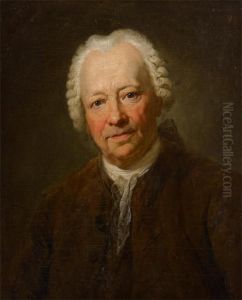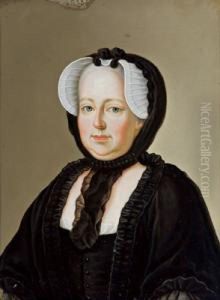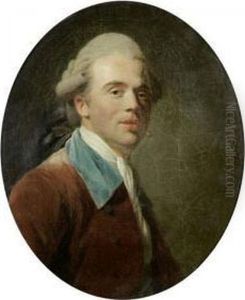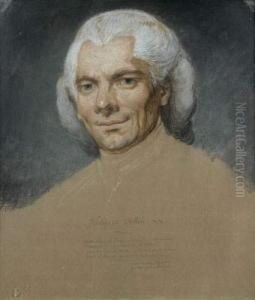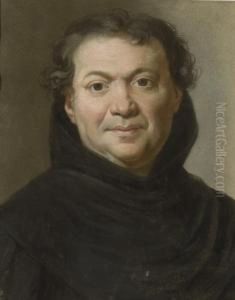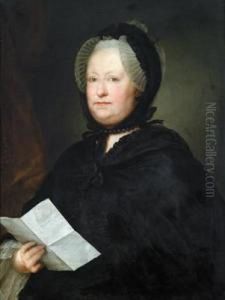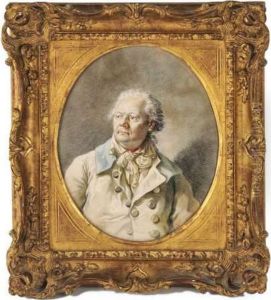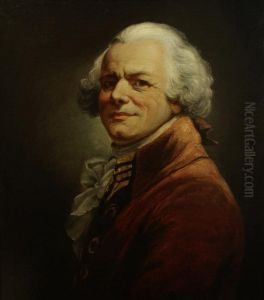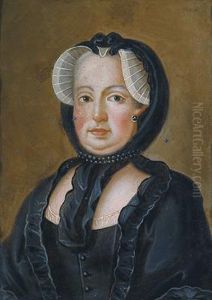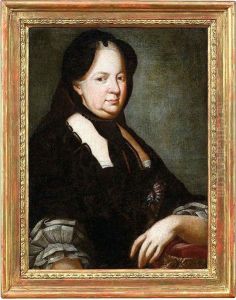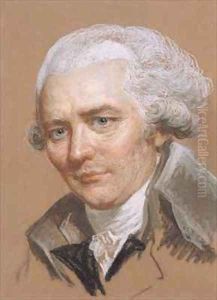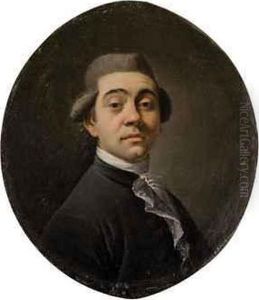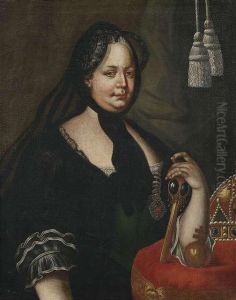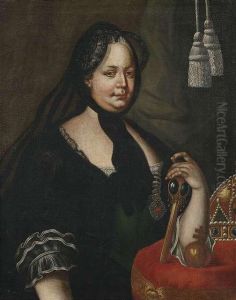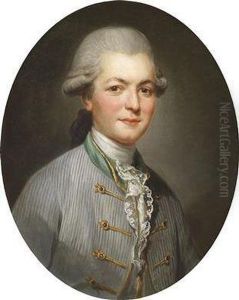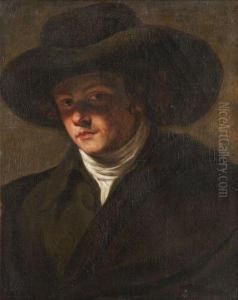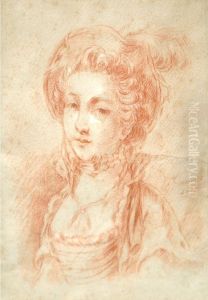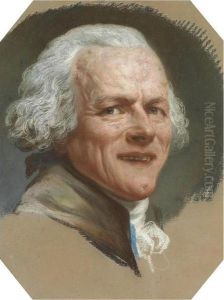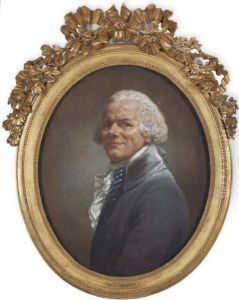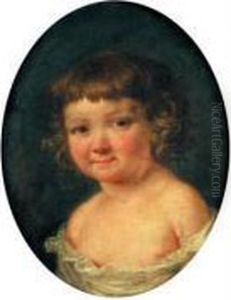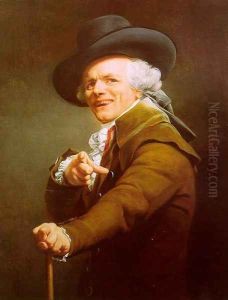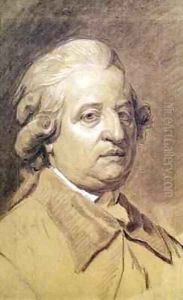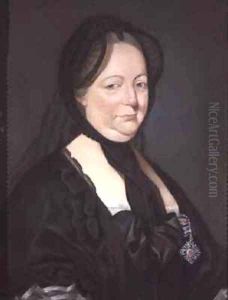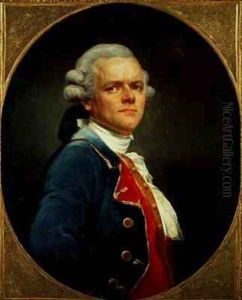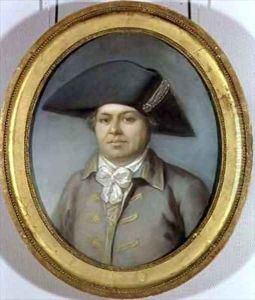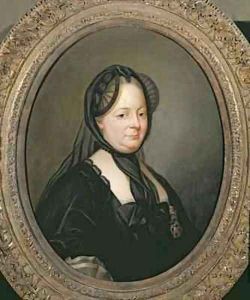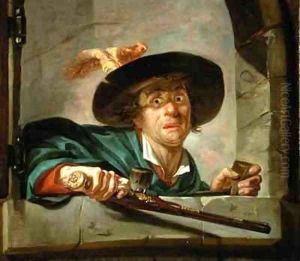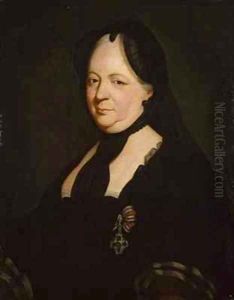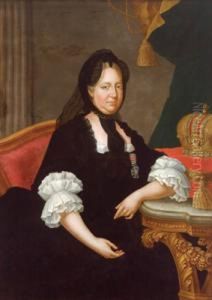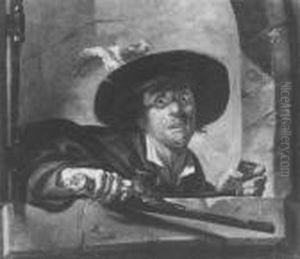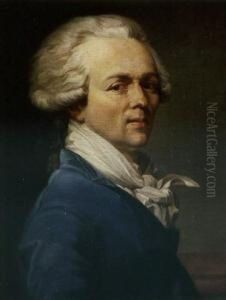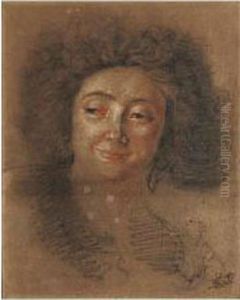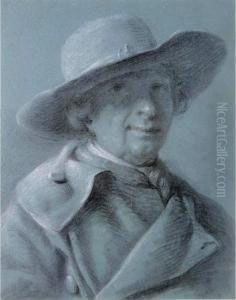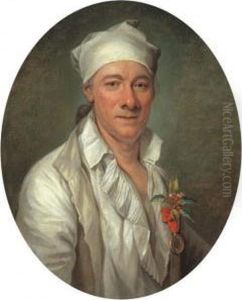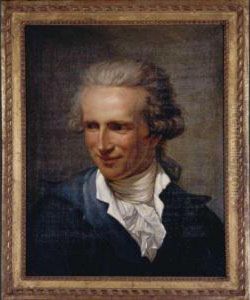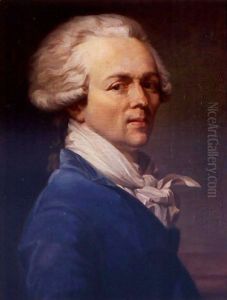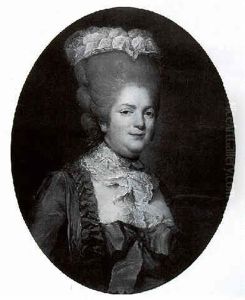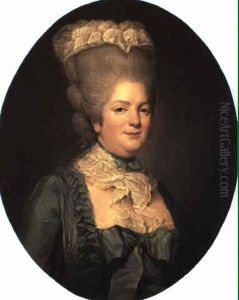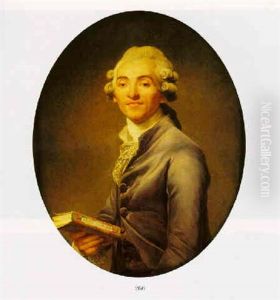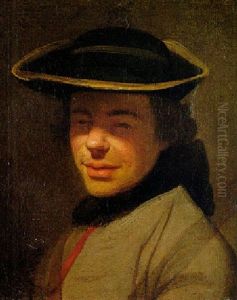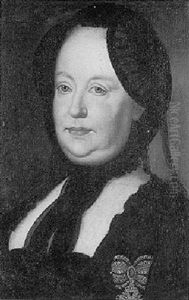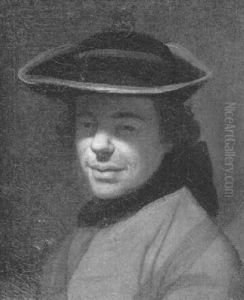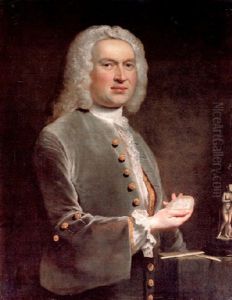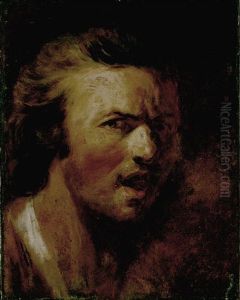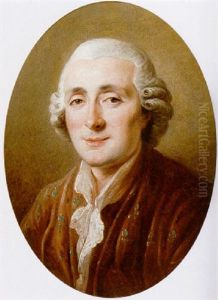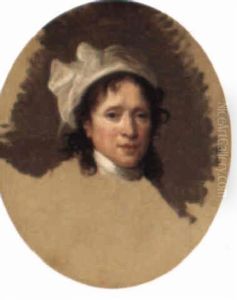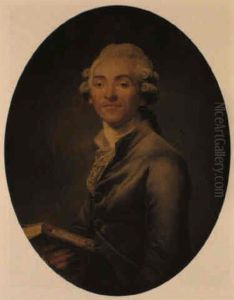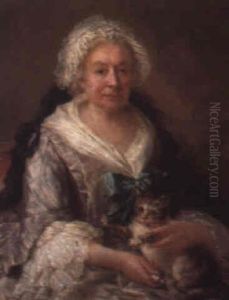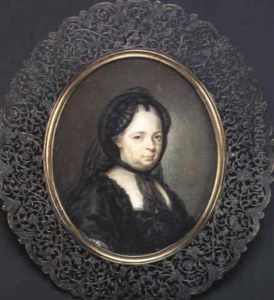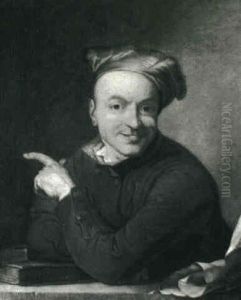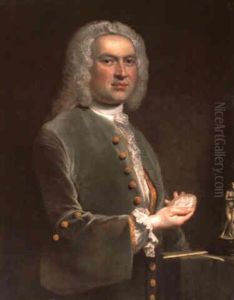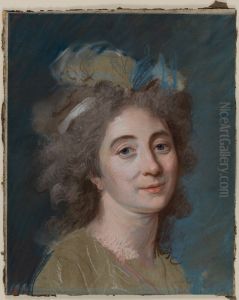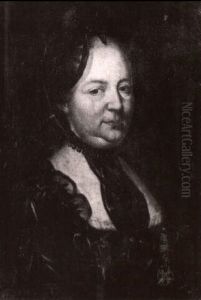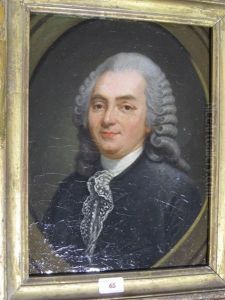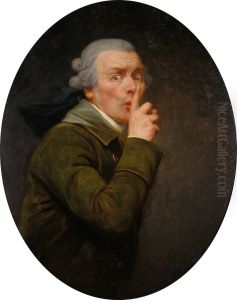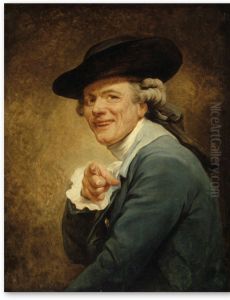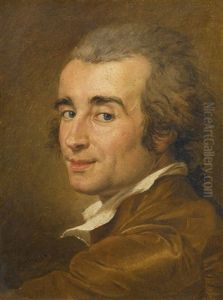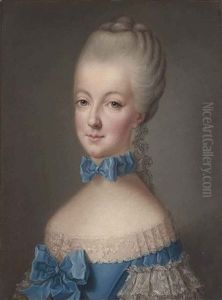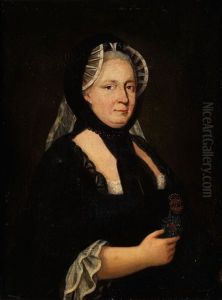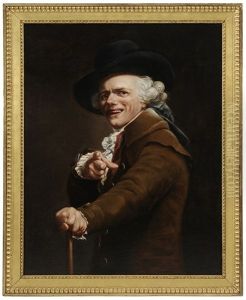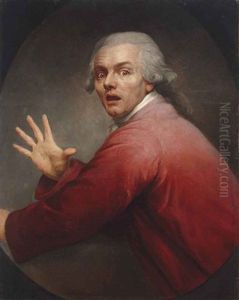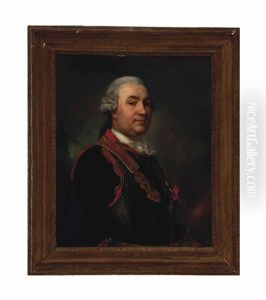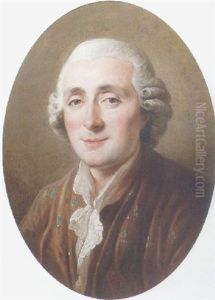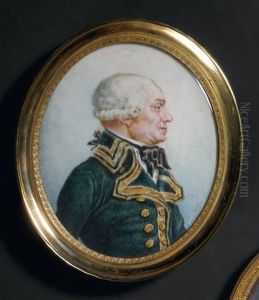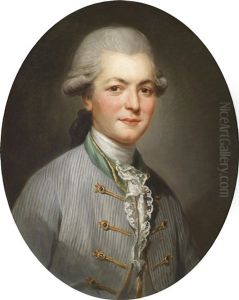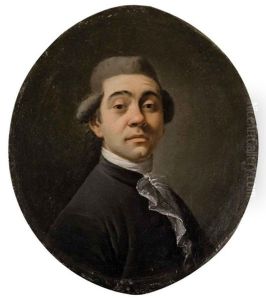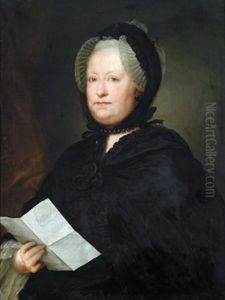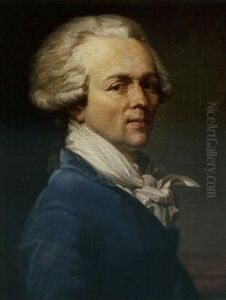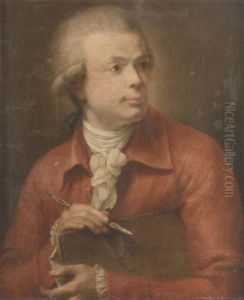Joseph Ducreux Paintings
Joseph Ducreux was a French portrait painter, pastelist, miniaturist, and engraver, who was known for his unorthodox self-portraits and his informal portrayals of members of the aristocracy. Born on June 26, 1735, in Nancy, France, Ducreux was trained under his father, who was also a painter. He went on to study with the well-known French pastelist Maurice Quentin de La Tour and became a skilled portrait artist in his own right.
In 1760, Ducreux went to Vienna where he worked as a court painter. During his time there, he painted a portrait of the seven-year-old Marie Antoinette, who would later become the Queen of France. This portrait helped to establish his reputation, and in 1770, when Marie Antoinette married Louis XVI and moved to France, Ducreux was invited to follow her and become a court painter in Versailles.
Joseph Ducreux's style was unusual for his time, as he often depicted his subjects with expressions and in poses that were more candid than the traditional rigid portraiture of the era. His self-portraits, in particular, are noted for their playful and sometimes mocking nature, which was a stark contrast to the formal self-portraits of his contemporaries.
During the French Revolution, Ducreux was able to maintain his position due to his connections with the royalty and his ability to adapt his artistic style to the changing political climate. He produced portraits of revolutionary leaders and continued to find favor with the new regime.
Despite his success as a portraitist, Ducreux also encountered financial difficulties later in life. He tried his hand at engraving and printmaking, but with limited success. Nonetheless, his artistic legacy is marked by his innovative approach to portraiture and his ability to capture the personality of his subjects.
Joseph Ducreux passed away on July 24, 1802, in Paris. His works remain a significant contribution to 18th-century French art and continue to be studied for their unique blend of realism, expressiveness, and satire. Ducreux's portraits, particularly his self-portraits, have also gained a new audience in the digital age, becoming popular memes due to their quirky and expressive nature.
